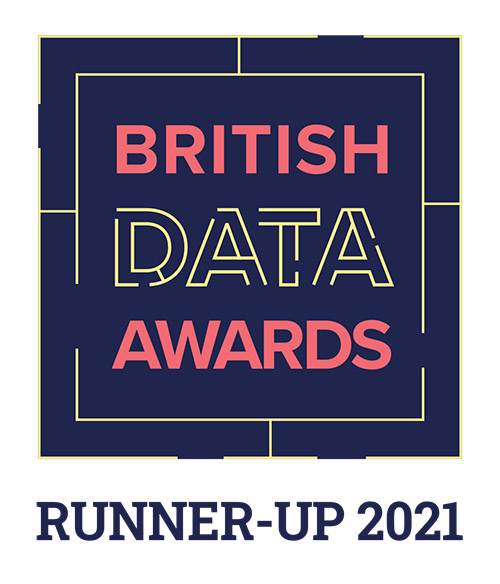The Community
Wellbeing Index












Large differences in house prices suggests inequality within a community.
How we measure it:
The Inter Quartile Range (IQR) of the house price for all houses sold in the previous three years. The IQR is used to avoid skews for particularly cheap and expensive properties.
(Land Registry)
Areas with a high proportion of second homes may have less of a sense of community.
How we measure it:
Proportion of empty houses within the community, providing a proxy for second home ownership.
(Census 2011, ONS)
A stronger presence of independent schools may have a negative impact on educational equality.
How we measure it:
Distance to the nearest independent school. This was weighted separately for London and the South East due to a much higher supply in those two regions.
(Geolytix Education pack)
Disparity in types of qualifications may cause inconsistent job opportunities and earning potential.
How we measure it:
The absolute difference between the proportion of the population with a degree and the proportion of the population with no qualifications. A large score represents a less equal community, skewed to one or other end of the scale.
(Census 2011, ONS)
Ethnic minority representation in higher level jobs represents equal and fair opportunities for everyone.
How we measure it -
The proportion of ethnic minorities in professions: ‘1. Higher managerial, administrative and professional occupations’,’ 2. Lower managerial, administrative and professional occupations’ and ‘3. Intermediate occupations versus the total proportion of ethnic minorities.
(Census 2011, ONS)
Large differences in income across the community suggest neighbourhood disparity.
How we measure it:
The proportion of households earning above average versus the proportion of households earning below average. A larger score represents a more equal community.
(ONS Income Estimates)
A high count of families in private rented housing can indicate a lack of security.
How we measure it:
The proportion of houses within the community that are privately rented and have at least one dependent child.
(Census 2011, ONS)
Our research identified nine areas that matter for community wellbeing. These are grouped into People, Place and Relationships.
The availability of good, accessible, affordable services to help all ages make the most of education and learning opportunities.
Find out moreAccess to good quality public, voluntary, and social care services that promote physical and mental health in the community.
Find out moreServices and infrastructure in place to promote a sustainable, ethical, inclusive economy that meets the needs of local people.
Find out moreAccess to affordable and inclusive cultural and leisure activities, services and amenities which celebrate the diverse histories of people in the community.
Find out moreAccess to affordable and sustainable transport and communication networks for everyone, especially those with disabilities.
Find out moreAffordable, secure, quality housing, a safe and clean surrounding environment, and well-kept, accessible and inclusive public spaces for people of all ages.
Find out moreThe state of family, social and community relationships and the impact of any breakdown in trust on issues like crime.
Find out moreEqual and fair opportunities for everyone, regardless of ethnicity, religion, colour, age, ability, sexuality, gender, income etc. Services and infrastructure in place to promote equality, equity and fairness.
Find out moreDemocratic governance and decision-making mechanisms in place to allow people to express themselves and take either individual or collective action to improve the local community and beyond.
Find out more
It looks like one of our systems has fallen over.
Our team is already patching it up, so please try again soon.

We care about the wellbeing of our local communities, which is why we are applying a few changes to our postcode search for you to find your local wellbeing score.
You can still find out about the great work involved throughout the Community Wellbeing Index on site.